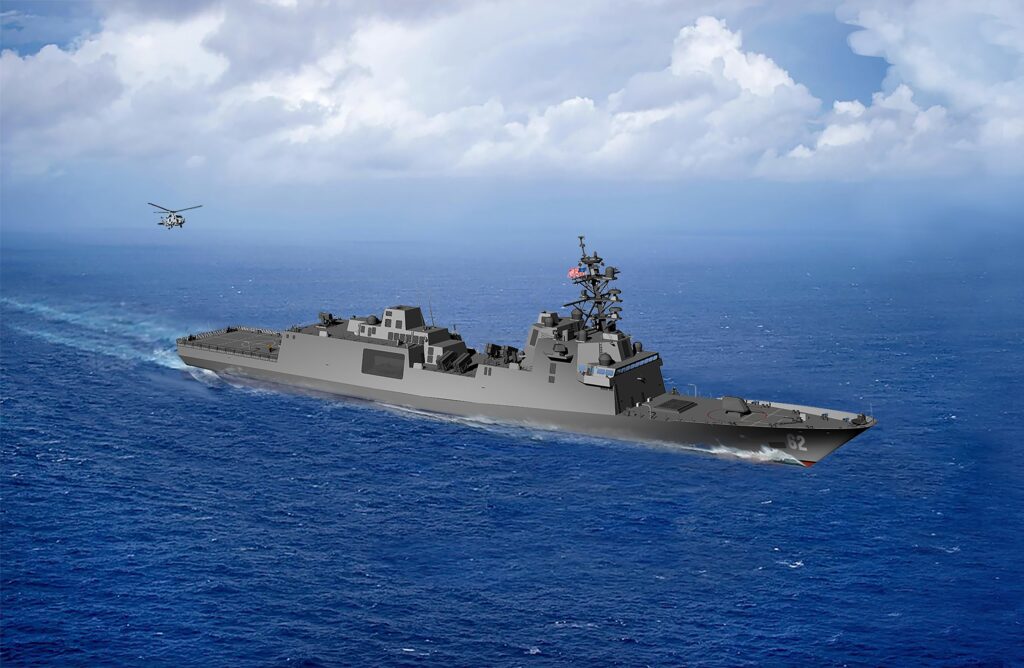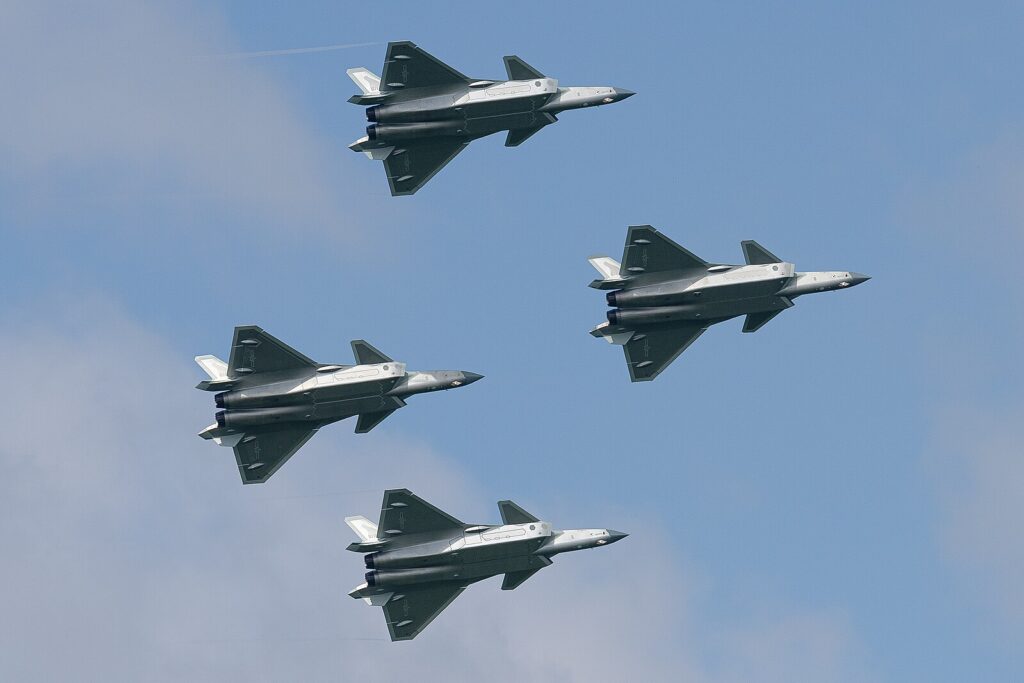Video: Why there might never be a 7th-generation fighter
- By Sandboxx
Share This Article

You only have to read one article about a modern fighter jet to see that insiders divide aircraft by generations.
The more modern the generation – we are currently at the 5th generation, with 6th generation aircraft in development – the more capable the aircraft.
But how useful is this division by generations?
“Splitting fighter aircraft up by generation is kind of a useless practice and likely won’t be around for a whole lot longer. At least, that is a growing sentiment within the aerospace community, and to be honest, I am kind here for it,” Alex Holling, Sandboxx New’s Editor-in-Chief and host of Airpower on YouTube, said in his latest video.
Militaries and the aerospace community have been awarding generational designations to aircraft for decades. However, one of the problems is that there isn’t a clear or universal definition of what is included in one generation.
For example, it is standard to refer to stealth fighter jets like the F-22 Raptor and F-35 Lightning II as 5th-generation aircraft. But the Russian Su-57 Felon fighter jet very likely doesn’t possess stealth capabilities despite being the most advanced aircraft in the arsenal of the Russian Aerospace Forces with some comparable capabilities to the aforementioned American aircraft. So, is the Su-57 a 5th-generation aircraft or a 4.5th-generation jet – whatever that may mean?
Today, generational designations of aircraft are little more than marketing moves rather than descriptors of actual capabilities. And that is causing confusion and potential problems for the U.S. military.
You can watch Alex’s video about this issue above!
Related Posts
Sandboxx News Merch
-

‘AirPower’ Classic Hoodie
$46.00 – $48.00 Select options This product has multiple variants. The options may be chosen on the product page -

‘Sandboxx News’ Trucker Cap
$27.00 Select options This product has multiple variants. The options may be chosen on the product page -

‘Kinetic Diplomacy’ Bumper Sticker (Black)
$8.00 Add to cart

Sandboxx
The editorial team at Sandboxx.
Related to: Airpower

The US Navy is forced to wait on its new flagship frigate

Apophis: Are we prepared to defeat Earth’s greatest planetary threat?

Do sailors have a future in the US Navy? No, according to former Army general

China could stop US airpower from achieving air superiority in the first island chain, top commander says
Sandboxx News
-

‘Sandboxx News’ Trucker Cap
$27.00 Select options This product has multiple variants. The options may be chosen on the product page -

‘AirPower’ Classic Hoodie
$46.00 – $48.00 Select options This product has multiple variants. The options may be chosen on the product page -

‘AirPower’ Golf Rope Hat
$31.00 Select options This product has multiple variants. The options may be chosen on the product page -

‘Sandboxx News’ Dad Hat
$27.00 Select options This product has multiple variants. The options may be chosen on the product page
